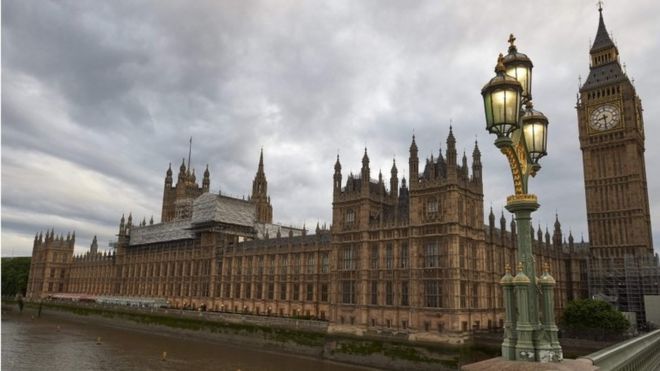The general election has ended in a hung Parliament, where no party has the 326 seats needed to get an overall majority in the House of Commons.
So what happens now?
Who is the prime minister?
Theresa May remains prime minister. She aims to form a minority government, working with the Democratic Unionist Party.
Does this mean there will definitely be a Conservative government?
If the DUP supports the Conservatives, they would together have more than the 326 seats required for a majority to pass a legislative programme.
But the DUP has not yet confirmed whether it will offer its support to the Tories (a party source said talk of an agreement was "premature"). And without its backing the Tories do not have enough seats for a majority.
Labour, meanwhile, says it wants to form a minority government (see below).
So nothing is certain yet and there are likely to be negotiations between the party leaders.
Who gets the first go at putting together a deal?
The Conservatives, as the government in power before the general election, get the first attempt at forming an administration.
If it becomes clear that they cannot and Labour can, then Theresa May will be expected to resign. Mr Corbyn would then become the prime minister.
But the Labour leader does not have to wait until Mrs May has exhausted all her options before he starts trying to put a deal of his own together. He can hold talks with potential partners at the same time as Mrs May. They may even be talking to the same people.
How do the numbers stack up?
The Conservatives and the DUP: 329 (pending a result in the remaining seat of Kensington)
Labour, SNP, Lib Dems, Plaid Cymru and Green: 313
A reminder: The magic number required for a Commons majority is 326


Post A Comment:
0 comments so far,add yours